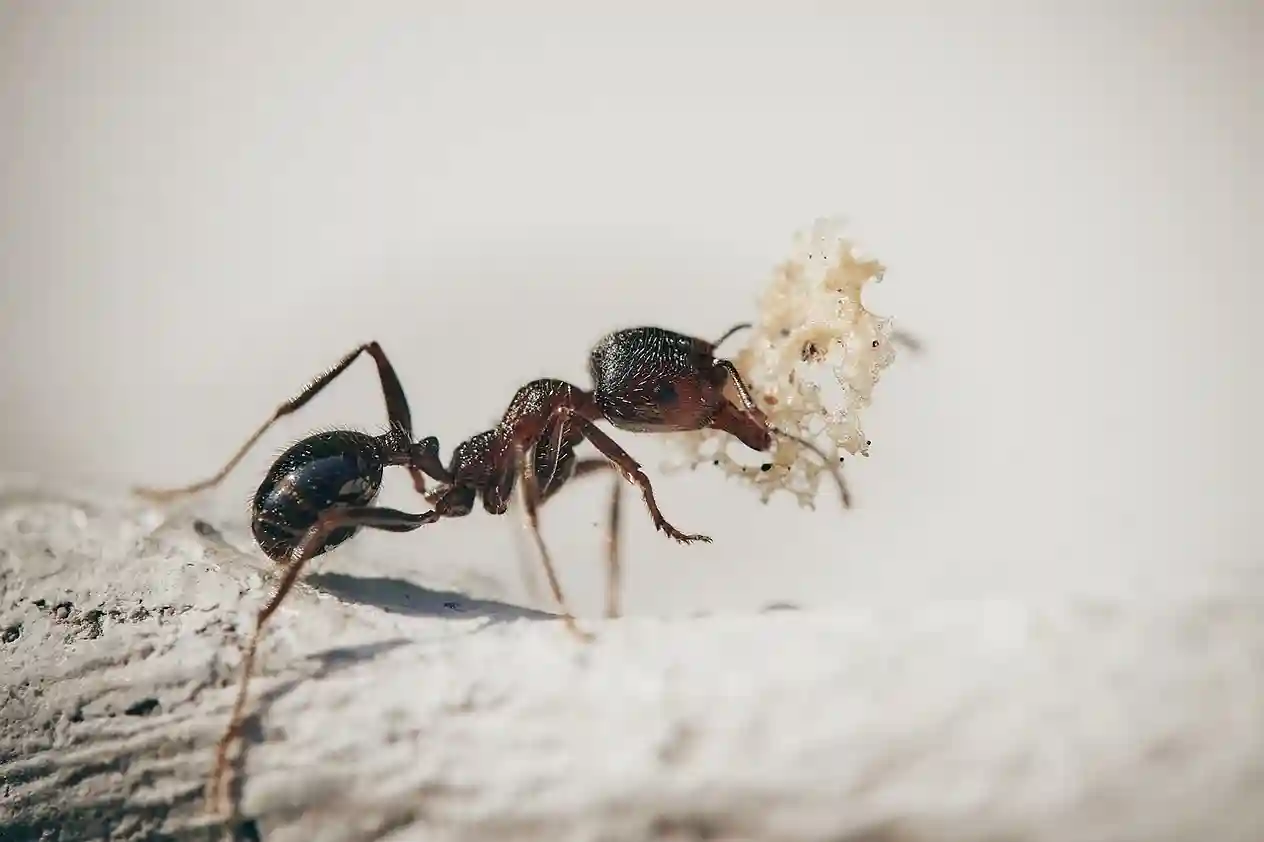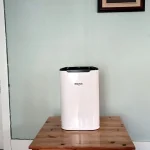Ants in the bathroom can be a frustrating issue. They seem to appear out of nowhere, marching in single file along your sink or tub. Not only are they a nuisance, but they can also pose health risks. If you’re dealing with ants in your bathroom, don’t worry—there are effective and safe ways to get rid of them. This guide will show you how with tips from experts and insights from studies.
Why Do Ants Invade Bathrooms?
Ants are drawn to bathrooms for several reasons. They are usually on the hunt for food, water, and shelter. Bathrooms provide a moist environment with plenty of water sources, such as sinks, tubs, and leaks. Additionally, the presence of soap, toothpaste, and other personal care products can attract ants looking for food.
Identify and Seal Entry Points
The first step in getting rid of ants is to find out how they are getting into your bathroom. Common entry points include gaps around pipes, cracks in the walls, and crevices near the floor.
Expert Insight: “Identify and seal entry points around pipes, cracks, and crevices. This eliminates access points and forces ants to find another route,” says Jessica Barr, a pest control expert at Eco-Friendly Pest Solutions (Eco-Friendly Pest Solutions).
To seal these entry points, you can use caulk or weatherstripping. Be thorough in your inspection and seal any potential entry points you find. This not only helps to keep ants out but also other pests.
Clean Thoroughly
Cleaning is crucial in ant control. Ants leave behind a scent trail that other ants follow. By cleaning your bathroom thoroughly, you can remove these trails and reduce the attraction.
Use a solution of equal parts water and white vinegar to wipe down surfaces.
Expert Tip: “A white vinegar solution (equal parts water and vinegar) is a natural deterrent. Wipe down surfaces and ant trails to disrupt their pheromone communication,” advises The Spruce, a home improvement website (The Spruce).
Set Up Ant Baits
Ant baits are an effective way to deal with an ant infestation. They work by attracting ants with a food source laced with a slow-acting poison. The ants carry the bait back to the colony, where it eventually kills the queen and other ants.
Expert Advice: “Create a borax bait by mixing equal parts borax and sugar with a little water. Place it in shallow dishes near ant trails. They’ll take the bait back to the colony, ultimately eliminating it,” suggests Melissa Maker, a cleaning influencer and author of “Clean Mama’s Guide to Getting Organized” (Melissa Maker).
Use Diatomaceous Earth
Diatomaceous earth is a natural powder made from the fossilized remains of tiny aquatic organisms. It is safe for humans and pets but lethal to ants. When ants come into contact with diatomaceous earth, it damages their exoskeletons, causing them to dehydrate and die.
Expert Insight: “Diatomaceous earth is a natural powder that dehydrates ants. Sprinkle it around entry points and ant trails, creating a barrier they won’t cross,” recommends Dr. Sylvia Fernandez, an entomologist at Orkin Pest Control (Orkin).
Try Essential Oils
Certain essential oils are known to repel ants. Peppermint, tea tree, and citrus oils are particularly effective. You can create a spray by mixing a few drops of essential oil with water and spraying it around entry points and ant trails.
Expert Tip: “Peppermint or citrus essential oils can repel ants. Dilute a few drops with water and spray on entry points or cotton balls placed strategically,” says Ashley Hackshaw, a DIY and design blogger at Handmade Haven (Handmade Haven).
Keep the Bathroom Dry
Ants are attracted to moisture, so keeping your bathroom dry is essential. Fix any leaks promptly and ensure that the bathroom is well-ventilated. Use a fan or open windows to reduce humidity. Wipe down surfaces after use to remove excess water.
My Battle with Bathroom Ants
Last summer, I noticed a trail of ants marching across my bathroom floor. At first, I tried to ignore them, thinking they would go away on their own. But the problem only got worse. I decided to take action by following the steps mentioned above. I sealed all the cracks around the pipes and used a vinegar solution to clean the surfaces. I also set up borax baits and sprinkled diatomaceous earth around the entry points. Within a week, the ant population had significantly decreased, and soon after, they were gone for good. This experience taught me the importance of taking proactive measures to keep pests at bay.
Consider Professional Help
If your ant problem persists despite your best efforts, it may be time to call in professional pest control services. They can identify the ant species and implement targeted solutions to eliminate the infestation.
Expert Advice: “For persistent infestations, consider professional pest control services. They can identify the ant species and implement targeted solutions,” advises the National Pest Management Association (NPMA).
Studies on Ant Control
Various studies support the effectiveness of the methods mentioned above.
Here are a few key findings:
- Sealing Entry Points: Research by the Journal of Urban Ecology highlights the effectiveness of sealing entry points as a primary strategy for ant exclusion (Journal of Urban Ecology).
- Vinegar as a Repellent: A study by the National Institutes of Health explores how vinegar disrupts ants’ pheromone communication, making it difficult for them to locate food sources and navigate (NIH).
- Borax Baits: Research by the Journal of Economic Entomology compares different ant bait options and highlights the success of borax baits in eliminating ant colonies (Journal of Economic Entomology).
- Diatomaceous Earth: A study by ScienceDirect investigates the effectiveness of diatomaceous earth as a physical barrier against ants, showing how it dehydrates and kills them (ScienceDirect).
Prevent Future Infestations
Once you’ve gotten rid of the ants, it’s important to take steps to prevent future infestations. Here are some tips:
- Keep the Bathroom Clean: Regularly clean the bathroom to remove any food sources and disrupt ant trails.
- Seal Entry Points: Periodically inspect and seal any new cracks or gaps around pipes and windows.
- Use Repellents: Continue using essential oils or other natural repellents to keep ants at bay.
- Address Moisture Issues: Fix leaks promptly and keep the bathroom dry and well-ventilated.
Conclusion
Dealing with ants in the bathroom can be a challenge, but with the right approach, you can eliminate them and keep them from coming back. By sealing entry points, keeping the bathroom clean, using baits and natural repellents, and addressing moisture issues, you can create an ant-free environment. Remember, persistence is key, and if the problem persists, don’t hesitate to seek professional help. With these strategies, you can enjoy a clean and ant-free bathroom.



